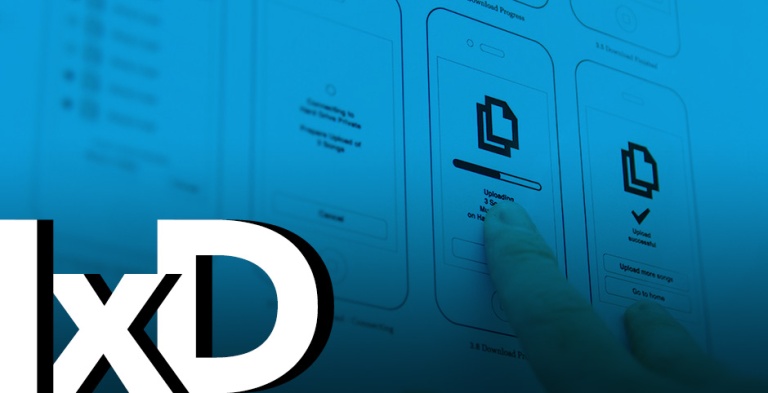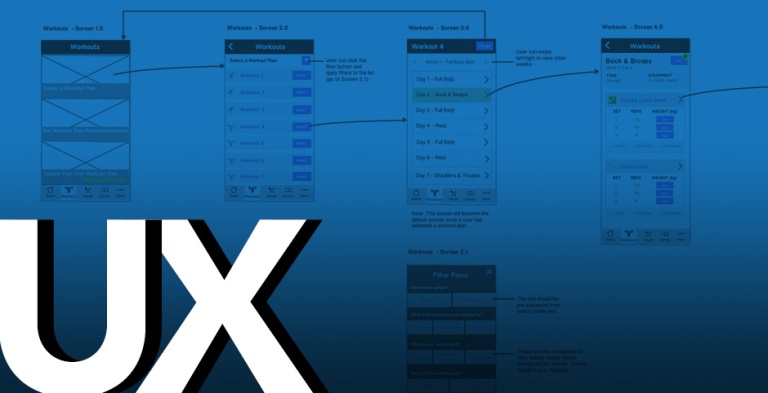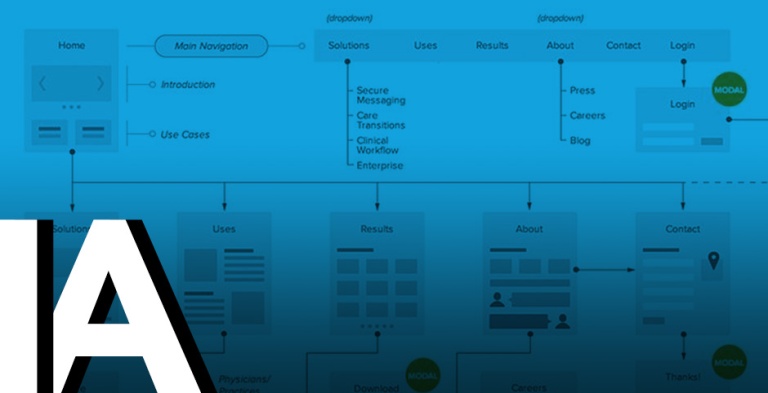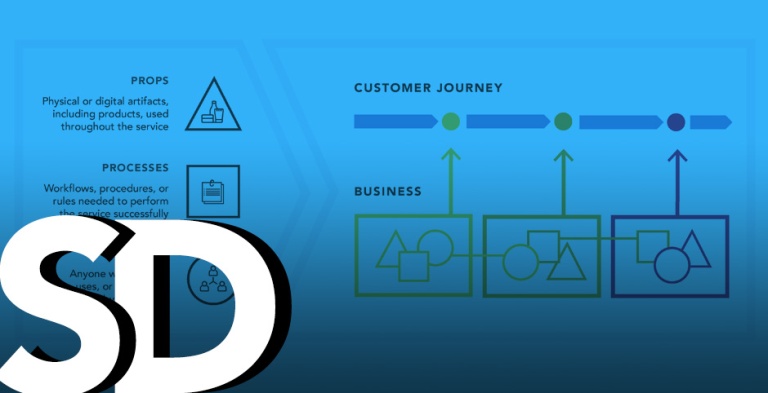Have you ever met a “designer” and wondered what they do? Or wondered what the differences are between the various experience design roles, like UI vs UX or UX vs CX? Or you’re just really drunk bored and stumbled on this post? Whatever your motivations, you’ve come to the right place.
A lot has changed since we partied designed like it was 1999. ![]()
And a lot more will continue to change, so you better hurry up and read these roles before they change again…
User Interface (UI) Designer

UI Designers design the graphic user interfaces (GUI) for websites and mobile devices with a focus on the aesthetic, style, and branding. They strive to apply the KISS principle of “Keeping It Stupid Simple!” by ensuring the information is easy to scan, find, and read by utilizing colors, shapes, patterns, and photography to guide users.
- Tools – Photoshop, Illustrator, Sketch, Zeplin, Paletton, Stylifyme
- Deliverables – Style Tile, Visual Designs, Design Style Guide
Interaction Designer (IxD)

Interaction Designers define the structure and behavior of interactive systems, and typically create the moving elements and interactions you see on websites and mobile apps. They strive to create meaningful relationships between people and the products and services that they use, in order to enhance usability and engagement.
- Tools – Sketch, InVision
- Deliverables – Interactive Prototypes
User Experience Designer (UX)

UX Designers create products that provide meaningful and relevant experiences to users by researching the product’s end users, and then designing the entire experience to meet their goals, needs, and expectations. They ensure the information on a web or mobile interface is easy to scan, find, and read by laying out the elements intuitively while aligned to user’s priorities, therefore improving the usability, accessibility, and pleasure provided in the interaction with the product. UX is typically measured by: success rate, error rate, abandonment rate, time to complete task, and clicks to completion.
- Tools – Sketch, InVision, Marvel, FlowMapp, Analytics Tools
- Deliverables – Personas, Journey Maps, Wireframes, Prototypes
The UX Design Researcher role is a subset of the UX role, where they focus on the UX research aspect to identify target audiences as well as their goals and needs. They will do the necessary research to develop the UX Research Report, as well as on-going usability and A/B testing.
- Tools – Interviews, Surveys, Observation, Card Sorting, Tree Tests, Analytics Tools
- Deliverables – UX Research Report (Competitive Analysis, Interview Analysis, Survey Results & Analysis, Observation Analysis, Analytics Analysis, Personas, Journey Maps, Usability Test Results, A/B Test Results, etc.)
Information Architect (IA)

Information Architects create the taxonomy, or the content structure that organizes the content based on user needs. They use flowcharts and diagrams to structure content in a way that will make it accessible to users and easy to navigate.
- Tools – Illustrator, PowerPoint
- Deliverables – Information Architecture
Customer Experience Designer (CX or XD)

CX Designers focus on understanding the “Voice of the Customer” and typically work across all of a company’s products and channels (i.e. touchpoints) to ensure that a customer has a positive experience with all touchpoints for the duration of the relationship. CX merges traditional market research and business analytics to create a measurable customer-focused perspective, where you would measure: overall experience, likelihood to continue use, and likelihood to recommend to others.
- Tools – Photoshop, Illustrator, Sketch, Analytics Tools
- Deliverables – Competitive Analysis, Interview Analysis, Survey Results & Analysis, Observation Analysis, Analytics Analysis, Personas, Experience Maps, Journey Maps, Usability Test Results, A/B Test Results, CX Improvement Recommendations
Service Designer (SD)

A design methodology based around how to organize service provision around the interactions between users, touchpoints, service personnel, and backstage actors. It considers organizing people, infrastructure, communication and material components of a service in order to improve its quality. It is not limited to digital or a single product/service.
- Tools – Interviews, Surveys, Observation, Card Sorting, Tree Tests, Analytics Tools, Photoshop, Illustrator, Sketch
- Deliverables – Competitive Analysis, Interview Analysis, Survey Results & Analysis, Observation Analysis, Analytics Analysis, Personas, Experience Maps, Journey Maps, Usability Test Results, A/B Test Results, CX Improvement Recommendations
Design Unicorns
![]() These design wizards can perform most of these experience design roles, and are sometimes called “full-stack designers” in a nod to our engineering counterparts. These are the elite of the elite, and typically have diverse backgrounds that go beyond design into engineering, business, psychology, etc. I actually consider myself a unicorn since I have a design degree and an MBA. And I’m awesome.
These design wizards can perform most of these experience design roles, and are sometimes called “full-stack designers” in a nod to our engineering counterparts. These are the elite of the elite, and typically have diverse backgrounds that go beyond design into engineering, business, psychology, etc. I actually consider myself a unicorn since I have a design degree and an MBA. And I’m awesome.
Read my next post on how Experience Design roles are related to each other >


3 thoughts on “The DSRUPTR Guide to Experience Design Roles”